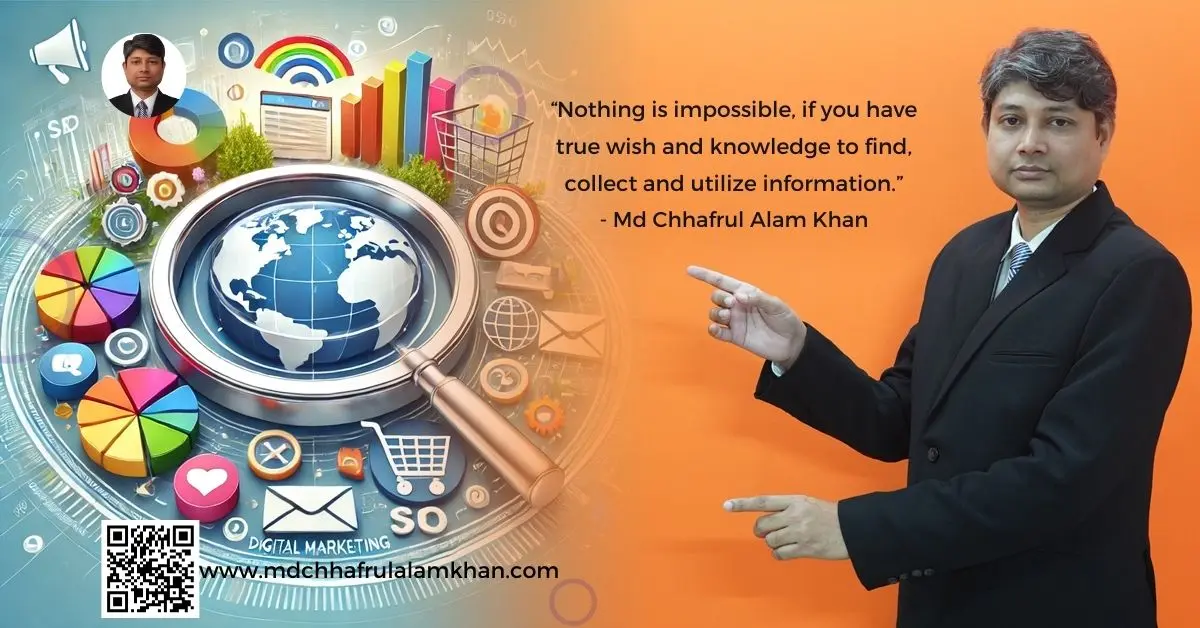Discover the complete guide to Google’s 200+ ranking factors in 2025. Learn how to improve SEO with expert insights on domains, content, Core Web Vitals, backlinks, and more. Stay ahead of algorithm updates and SGE with actionable tips.
Table of Contents
- What Are Google Ranking Factors?
- Top Domain-Related Ranking Factors
- Page-Level SEO Signals
- Content Quality Signals
- Technical SEO & User Experience (UX) Factors
- Backlink Signals
- User Interaction and Behavioral Signals
- Brand and Trustworthiness Signals
- Spam and Penalty Signals
- Advanced Optimization Tips for 2025
- What’s Next in SEO?
- FAQs
What Are Google Ranking Factors?
Google uses over 200 confirmed (and many unconfirmed) factors in its algorithm to determine the ranking of web pages in search results. These range from domain-related attributes and content quality to page speed, backlinks, and user engagement metrics.
🔍 Featured Snippet Insight: Google’s ranking system is dynamic and powered by machine learning (e.g., RankBrain, BERT, and MUM), so optimizing for users—not just bots—is key.
Top Domain-Related Ranking Factors
| Factor | Description |
|---|---|
| Domain Age | Older domains may have a slight trust edge, but content and authority matter more. |
| Keyword in TLD | Helps slightly (e.g., keyword.com), but modern algorithms focus more on content relevance. |
| Keyword in Subdomain | Still slightly relevant, especially for niche content. |
| Domain History | Penalized or dropped domains can carry baggage. Check using Wayback Machine or SEO tools. |
| Domain Registration Length | Longer registrations can signal legitimacy. |
| Public vs Private WHOIS | Public WHOIS shows transparency. Excessive private registrations may raise spam flags. |
| Penalized WHOIS Owner | Domains owned by someone with a spammy history may be flagged. |
| Country TLD | Helps with geo-targeting (e.g., .ca for Canada), but can limit global visibility. |
| Exact Match Domain (EMD) | Previously powerful; now only useful if paired with high-quality content. |
✅ SEO Tip: Focus on building domain authority through consistent content, backlinks, and user trust.
Page-Level SEO Signals
| Factor | Description |
|---|---|
| Keyword in Title Tag | Still a critical signal; place target keywords close to the start of the title. |
| Keyword in Description Tag | Meta descriptions aren’t a direct ranking factor, but they affect CTR, which can influence rankings indirectly. |
| Keyword in H1 Tag | Reinforces topical relevance when aligned with the page’s title and content. |
| Keyword Density | Avoid stuffing; aim for natural use. Semantically related terms (LSI) are more important. |
| Alt Text for Images | Helps with accessibility and image SEO; include descriptive and relevant keywords. |
| Content-Length | Longer content often performs better for competitive queries, especially if comprehensive and scannable. |
📝 Best Practice: Ensure every on-page element aligns with the user’s search intent and query structure.
Content Quality Signals
| Factor | Description |
|---|---|
| Originality | Copied or low-value content won’t rank well. Google’s Helpful Content System rewards expertise and authenticity. |
| Content Depth | Cover topics in-depth. Use subheadings, FAQs, and multimedia to enhance user understanding. |
| Content Freshness | Update content regularly, especially in rapidly changing industries. |
| E-A-T (Experience, Expertise, Authoritativeness, Trustworthiness) | Heavily emphasized in YMYL (Your Money Your Life) niches. Show credentials, link to sources, and demonstrate real experience. |
🔑 Pro Tip: Use schema markup (e.g., Article, FAQ, Author) to enhance SERP presence and improve context recognition.
Technical SEO & User Experience (UX) Factors
| Factor | Description |
|---|---|
| Core Web Vitals | Measures page speed, responsiveness, and visual stability. Crucial for mobile SEO. |
| Page Load Speed | Faster sites provide better UX and rank higher. Compress images, use caching, and consider CDNs. |
| Mobile Friendliness | Mobile-first indexing means your mobile version is the main version. |
| Excessive 301 Redirects | Clean up redirect chains. Too many can harm crawl efficiency and pass less link equity. |
⚙️ Advanced Tip: Use tools like PageSpeed Insights and Lighthouse to identify and fix issues.
Backlink Signals
| Factor | Description |
|---|---|
| Authority of Linking Domain | Links from trusted, high-authority sites pass more value. |
| Anchor Text Relevance | Use natural, descriptive anchor text. Avoid over-optimization. |
| Number of Referring Domains | A broad backlink profile is better than many links from one site. |
| Nofollow vs Dofollow Links | Dofollow links pass authority. Nofollow links still add diversity and trust signals. |
| Ad Links | Google penalizes paid links that aren’t disclosed with rel="sponsored". |
🔗 Link Building Strategy: Focus on digital PR, guest posting, resource pages, and unlinked brand mentions.
User Interaction and Behavioral Signals
| Factor | Description |
|---|---|
| Click-Through Rate (CTR) | Higher CTR from SERPs can improve rankings. Optimize titles and meta descriptions. |
| Dwell Time / Time on Page | Longer engagement can signal relevance and quality. Use engaging intros and clear structure. |
| Bounce Rate | High bounce rate can suggest poor user experience—but context matters (e.g., single-page answers). |
🎯 AEO Insight: Structure content to directly answer queries using concise paragraphs, bullet points, and featured-snippet-friendly formatting.
Brand and Trustworthiness Signals
| Factor | Description |
|---|---|
| Brand Mentions | Both linked and unlinked mentions help build authority. |
| Google My Business (GMB) / GBP | Essential for local SEO. Ensure consistency in NAP (Name, Address, Phone Number). |
| HTTPS | Secure sites rank better. It’s a confirmed ranking factor. |
🌐 Reputation Tip: Encourage reviews, maintain consistent branding, and build a strong social presence.
Spam and Penalty Signals
| Factor | Description |
|---|---|
| Keyword Stuffing | Overuse leads to penalties. Use natural language and semantic relevance. |
| Duplicate Content | Avoid internal and external duplication. Use canonical tags where needed. |
| Low-Quality Backlinks | Spammy or irrelevant backlinks can trigger penalties. Disavow harmful links. |
| User-Generated Spam | Monitor blog comments and forums on your site. Use moderation tools. |
🚨 Prevention Tip: Regularly audit your site using tools like Ahrefs, SEMrush, or Google Search Console.
Advanced Optimization Tips for 2025
- Optimize for SGE (Search Generative Experience): Use AI-friendly formatting, conversational questions, and concise answers.
- Use AI Content Wisely: Ensure human editing, fact-checking, and originality to comply with Google’s helpful content standards.
- Voice Search Optimization: Use natural language and long-tail keywords to align with spoken queries.
- Video + Image SEO: Add transcripts, optimize file names, and use structured data for multimedia content.
- Internal Linking Strategy: Use descriptive anchor text and silo content by topic to help Google understand your site architecture.
What’s Next in SEO?
🔮 Future Trends to Watch:
- Google’s increasing reliance on AI-generated search summaries (SGE).
- Entity-based SEO—focusing on topics and relationships, not just keywords.
- Rise of zero-click searches and featured snippet dominance.
- Growing importance of multimodal content (text, video, image, audio).
FAQs
Q: How many Google ranking factors are there?
A: Google uses over 200 ranking signals, but many are weighted differently based on search intent, content type, and competition.
Q: Does domain age still matter?
A: Slightly, but it’s far less important than content quality and backlinks.
Q: Is keyword density still relevant?
A: Only to ensure clarity. Overuse will harm your rankings. Focus on natural language.
Q: How can I improve my Core Web Vitals?
A: Optimize images, reduce JavaScript, use lazy loading, and adopt a performance-first design approach.
Conclusion
Mastering Google’s ranking factors means understanding both technical signals and user-centric content strategies. While not every factor holds equal weight, a well-rounded SEO strategy that prioritizes value, speed, and authority is your best path to consistent rankings in 2025.
✅ Summary: What You Should Do Now
- Audit your site for on-page and technical SEO.
- Build authoritative, engaging, and helpful content.
- Acquire high-quality backlinks from reputable sources.
- Monitor Core Web Vitals and mobile usability.
- Stay current with Google algorithm updates and AI search changes.
📘 What’s Next?
Explore these areas to stay ahead:
- Entity SEO and Schema Markup Mastery
- Search Generative Experience (SGE) optimization
- AI + Human collaboration in content creation
- Multilingual and international SEO strategies
- Semantic SEO and knowledge graph integration
🚀 Next Step ↴
Master SEO from Beginner to Expert with our Free Online Self-Learning Course on SEO Mastery.


